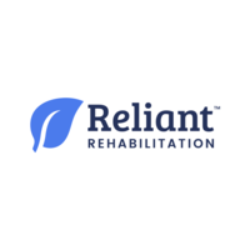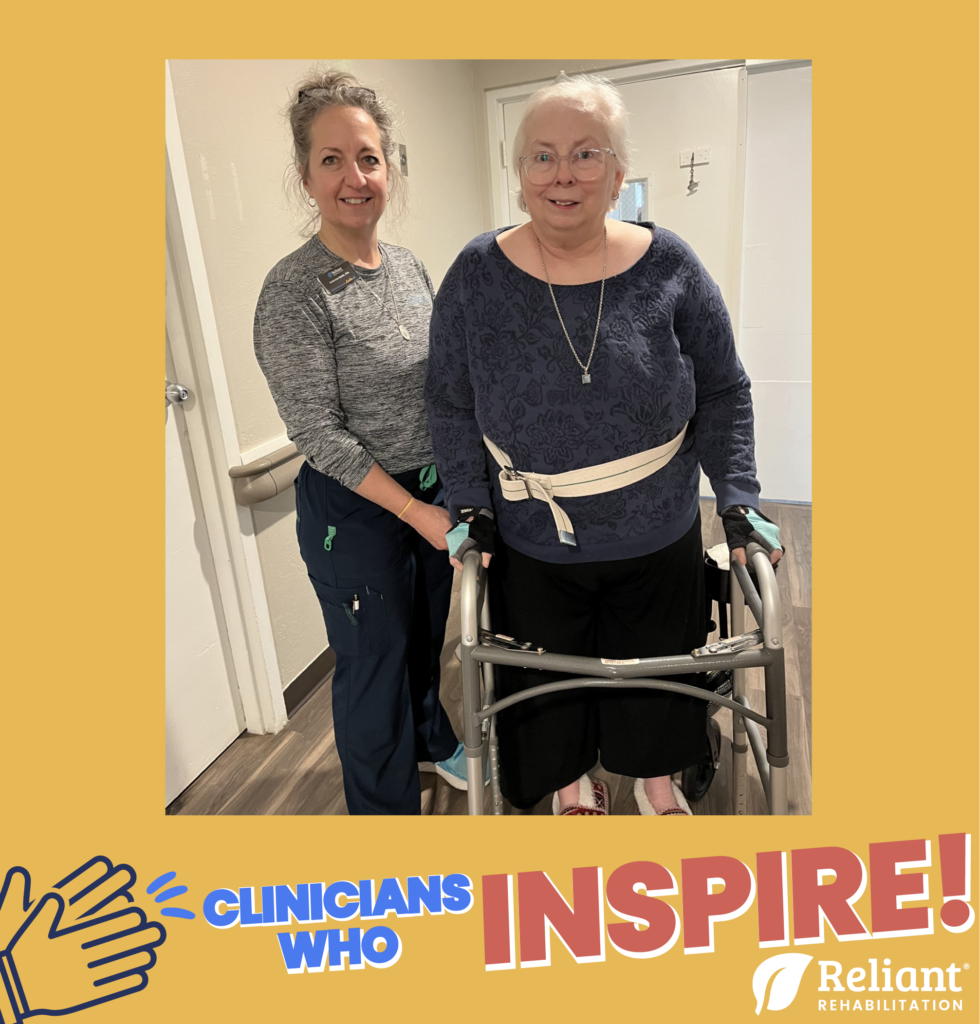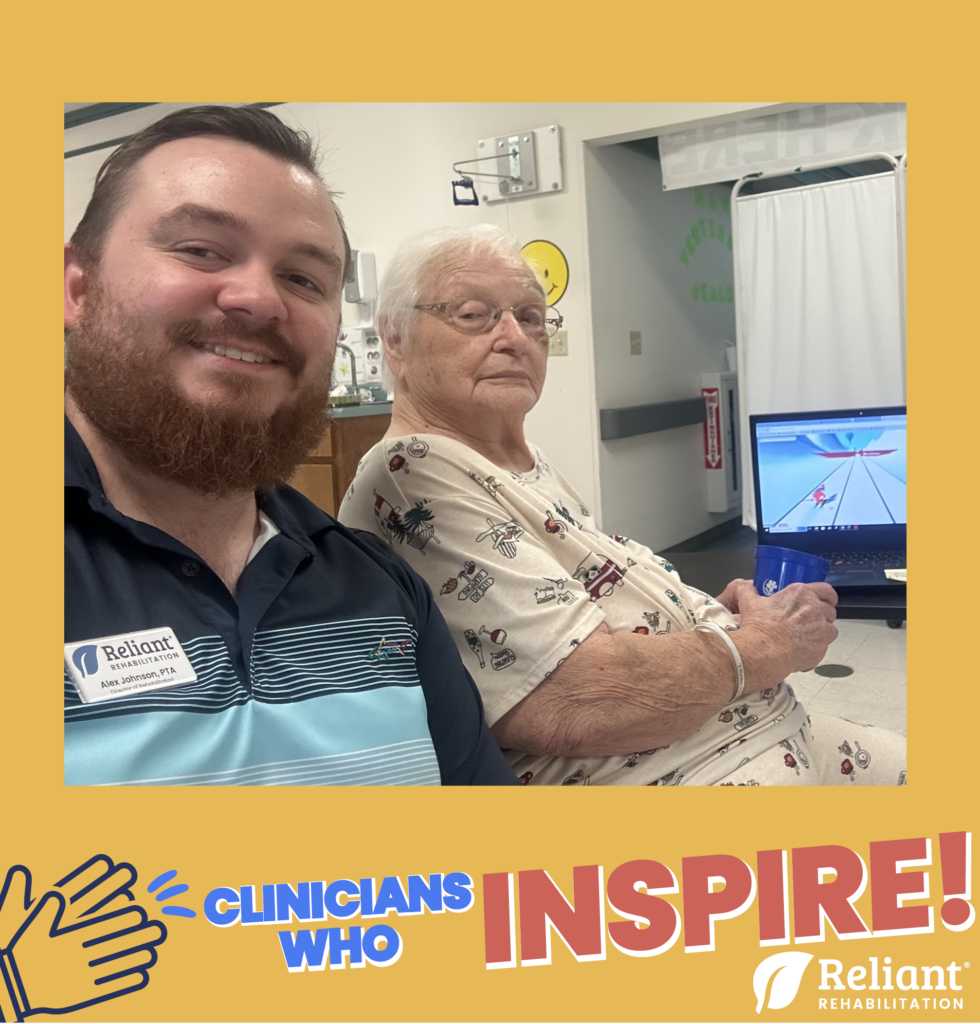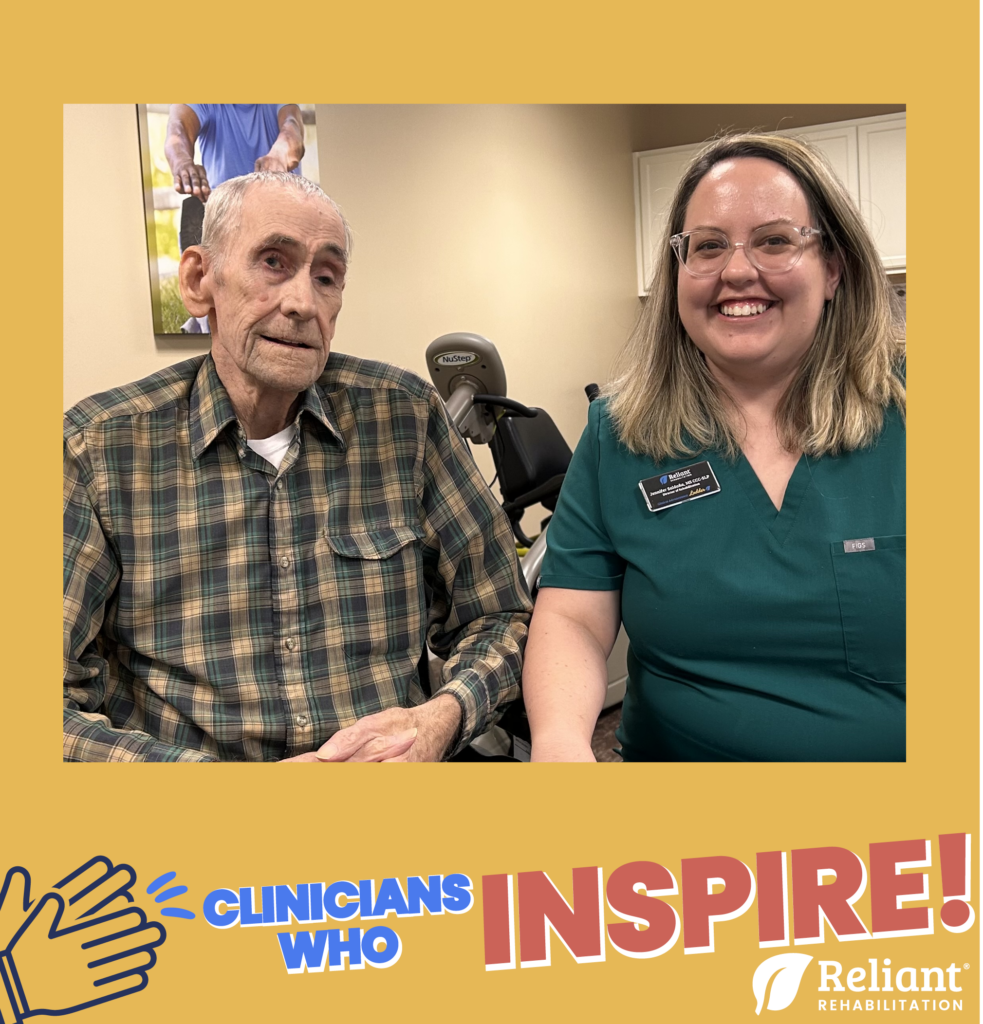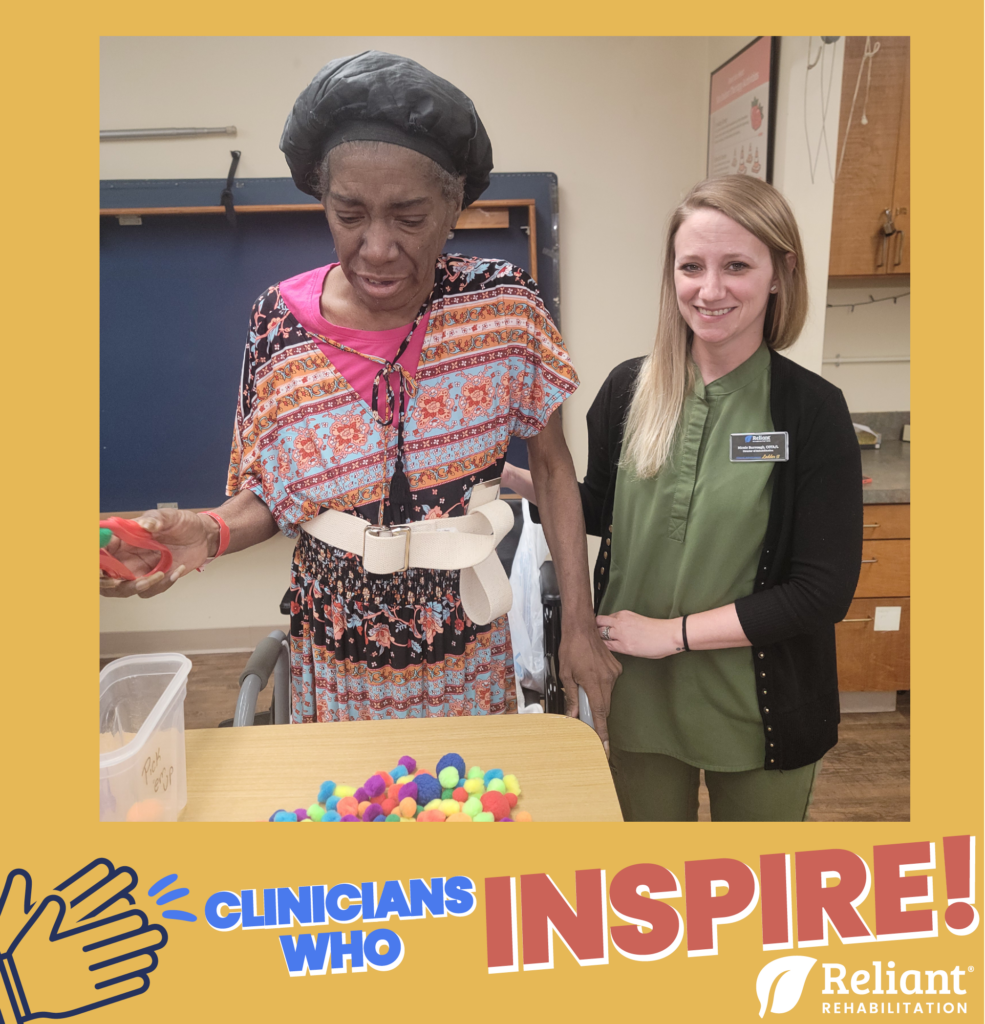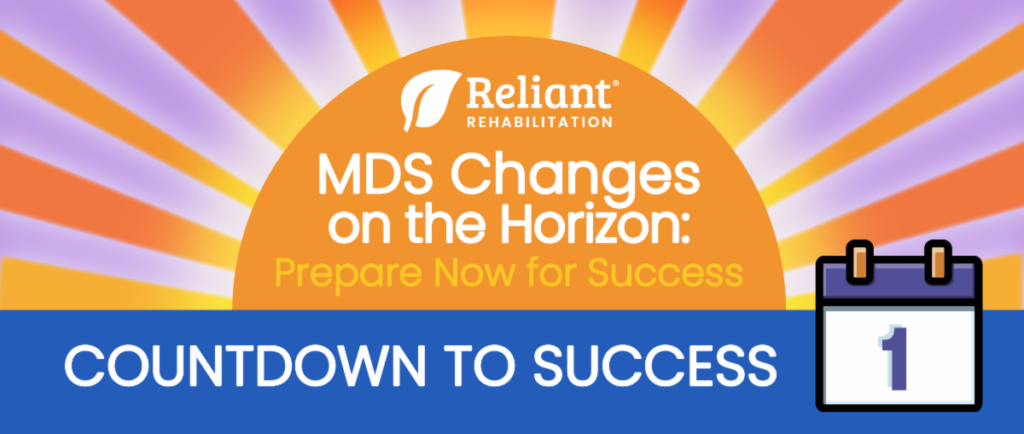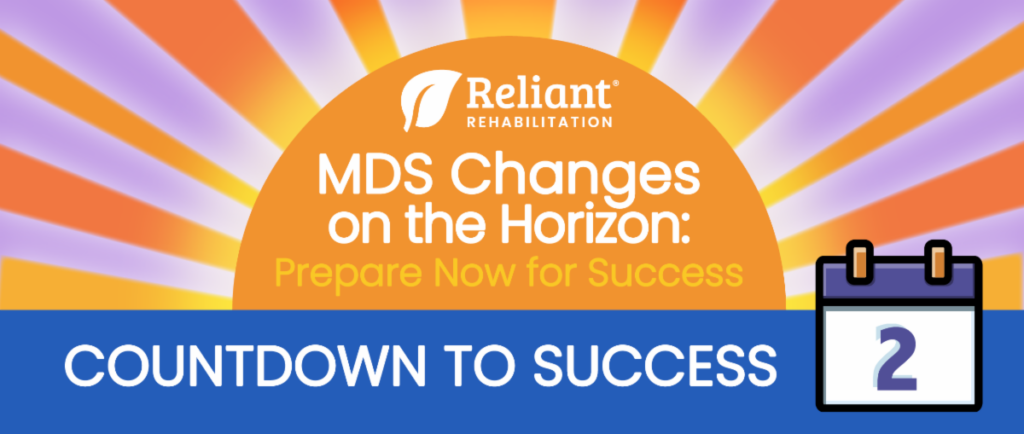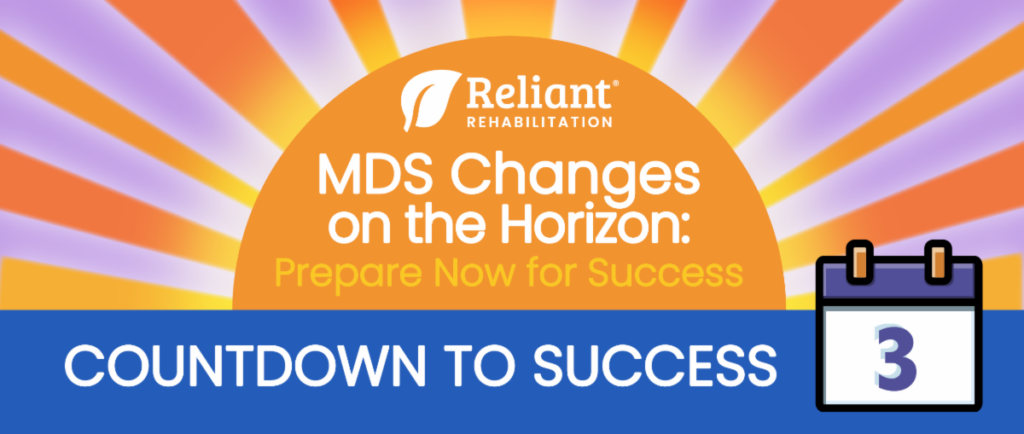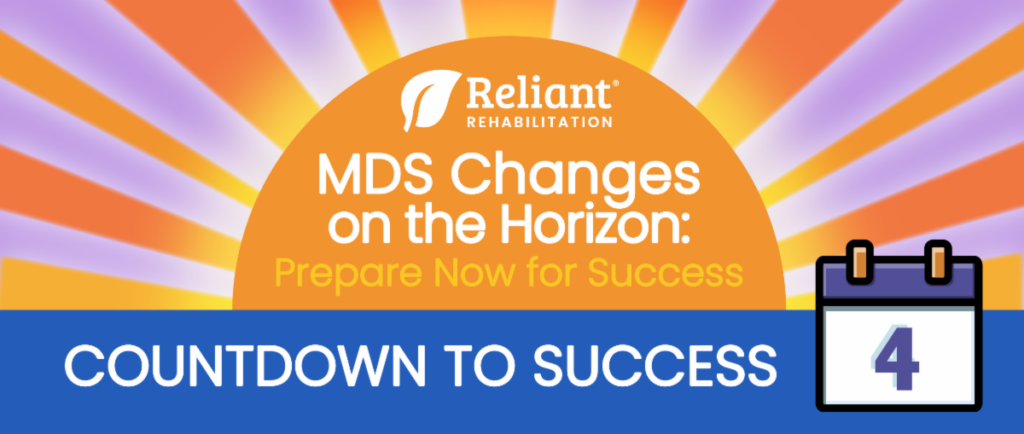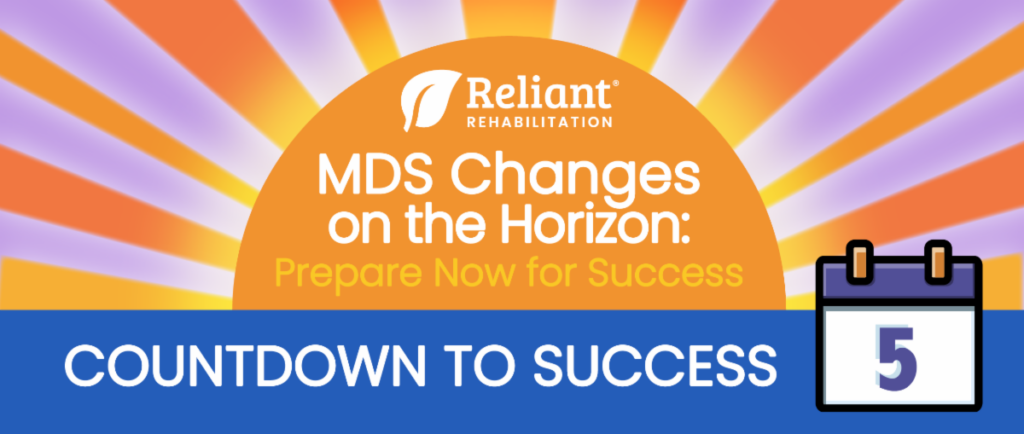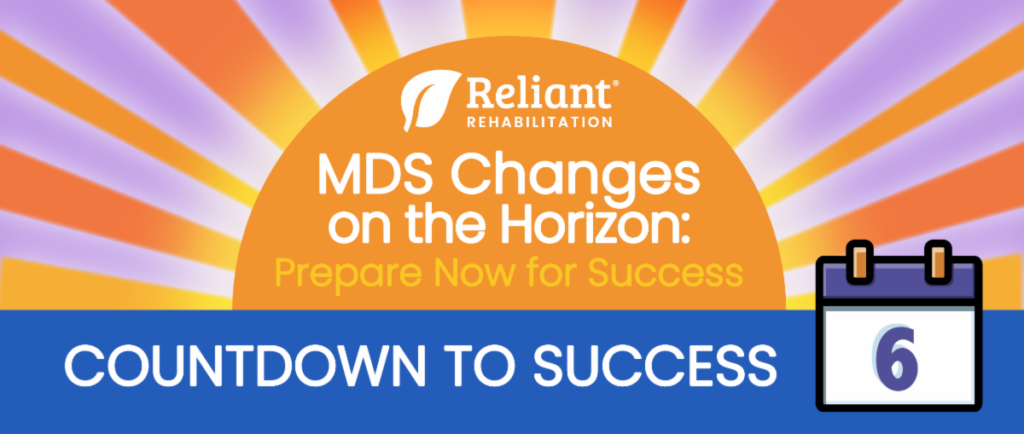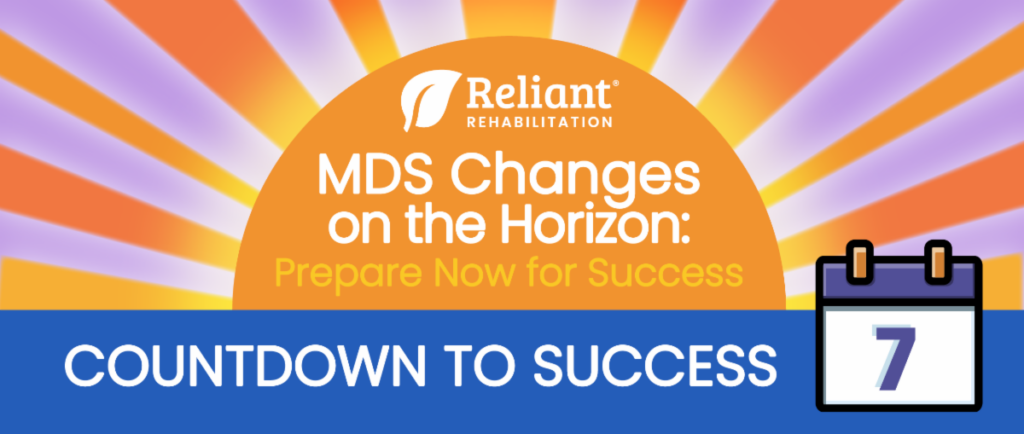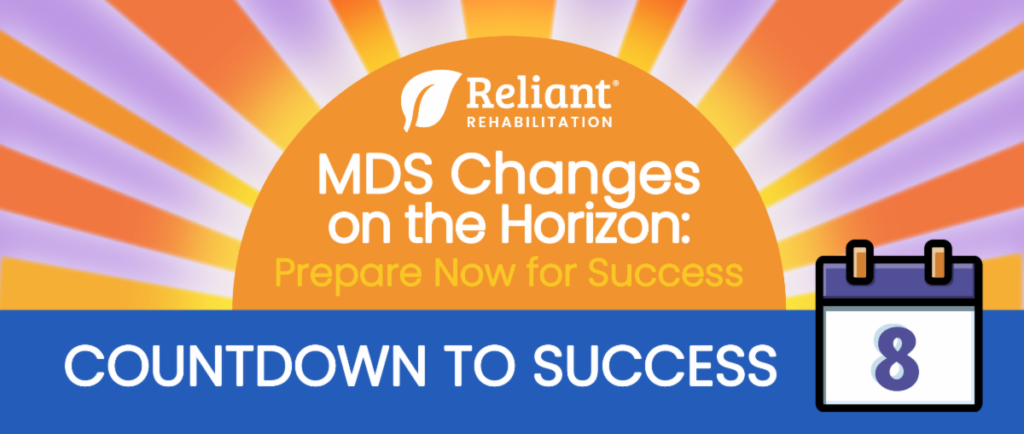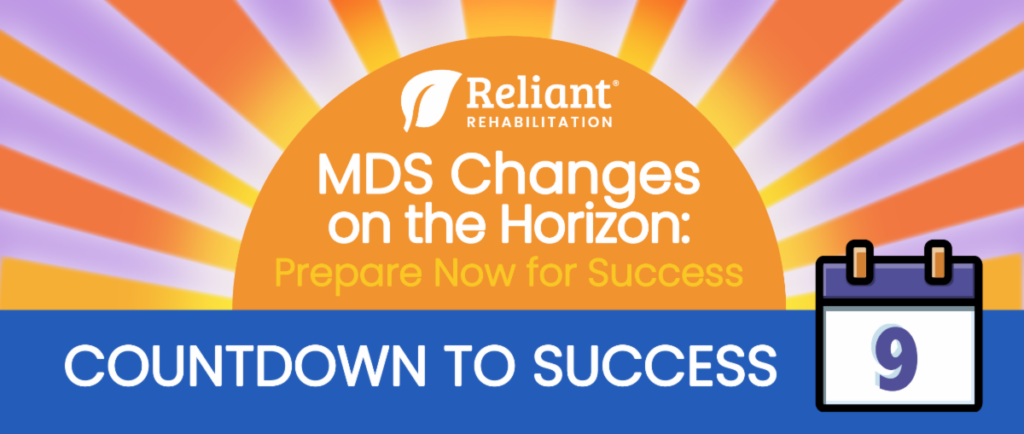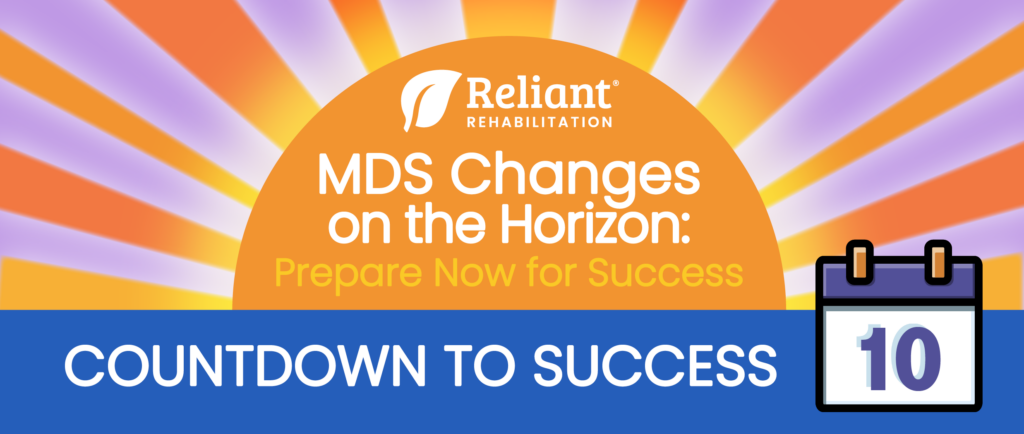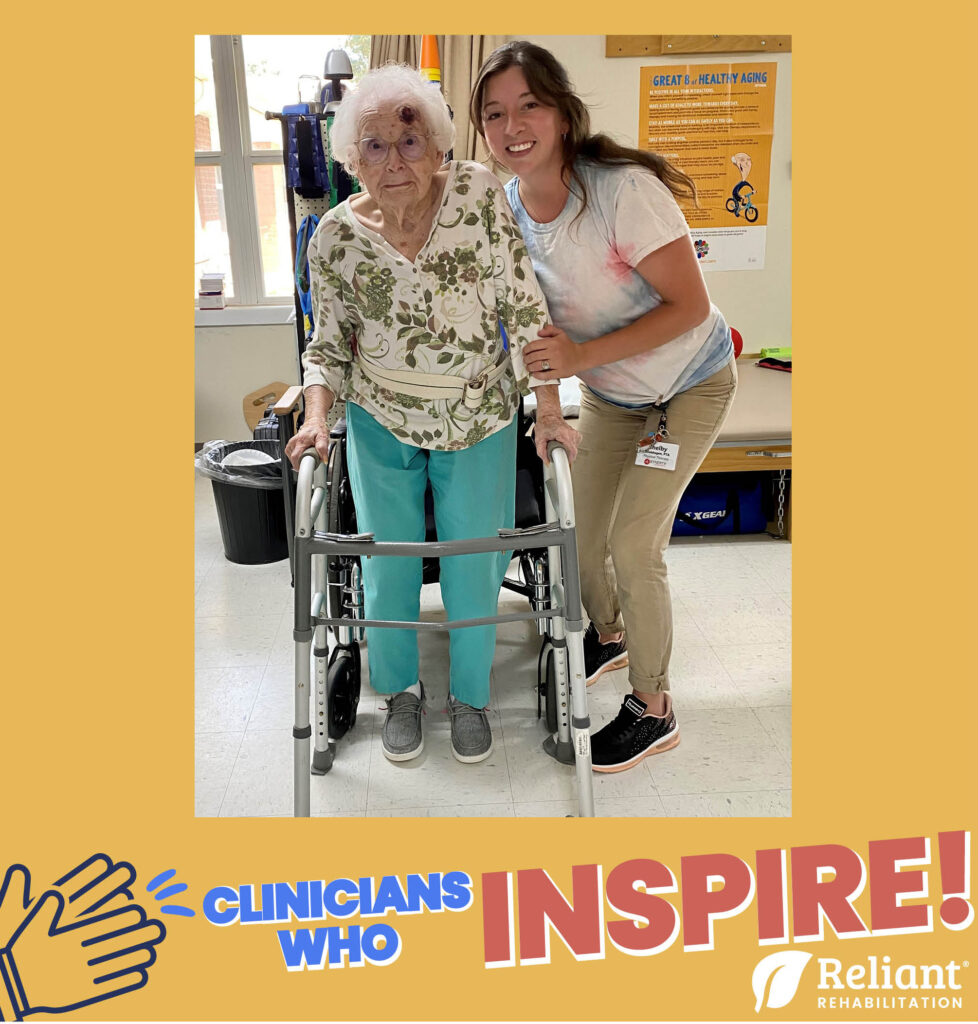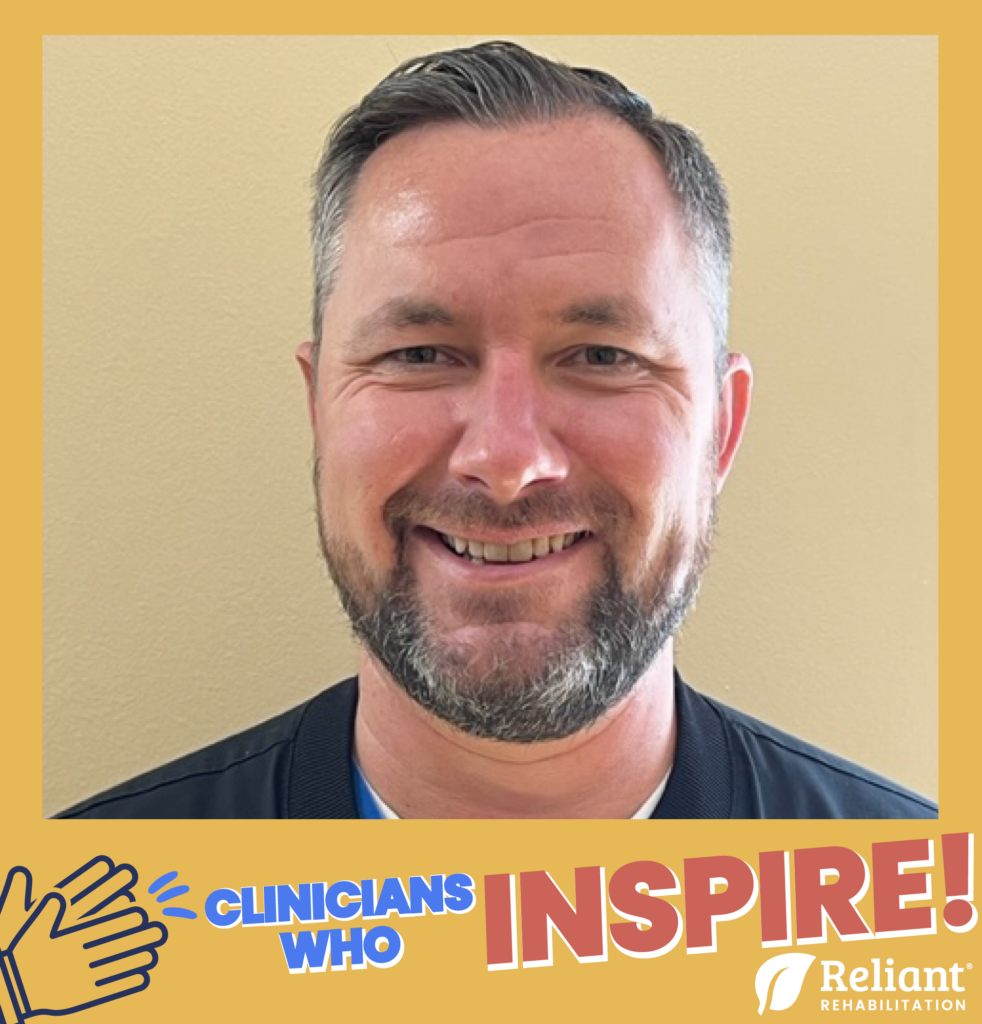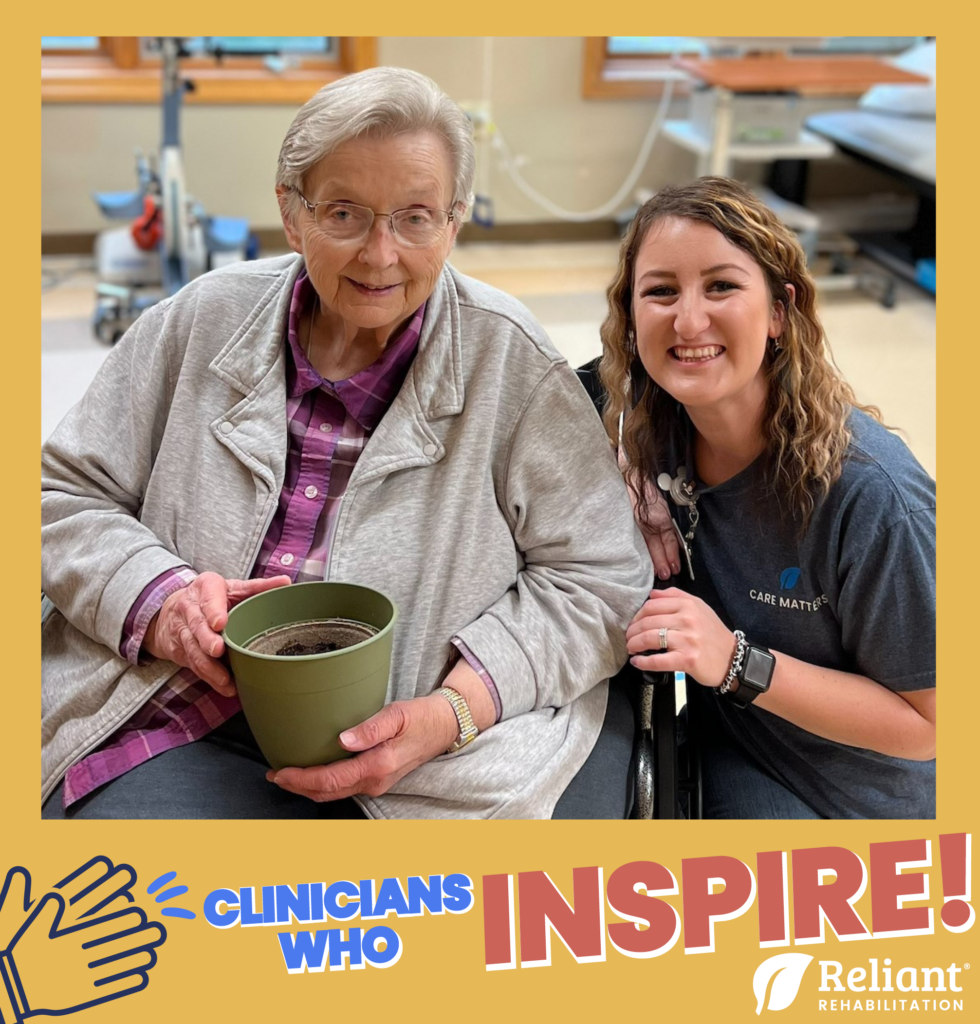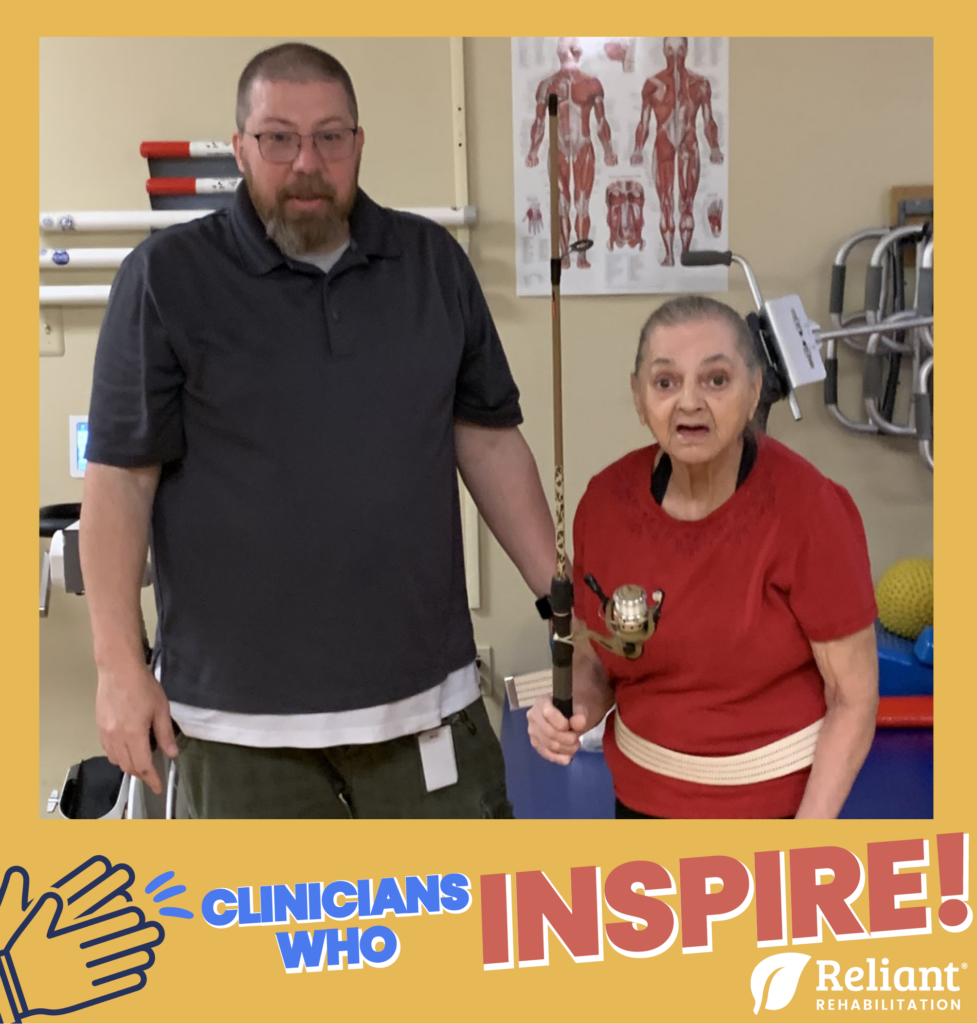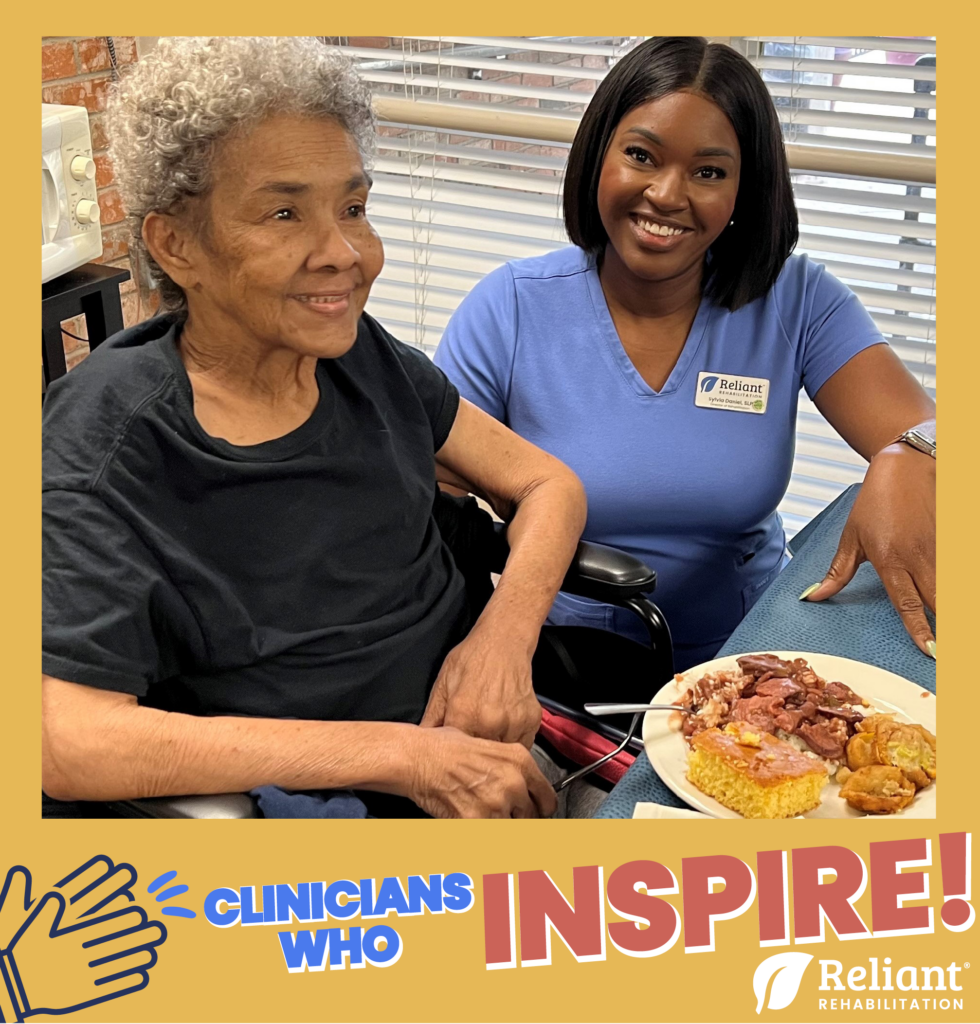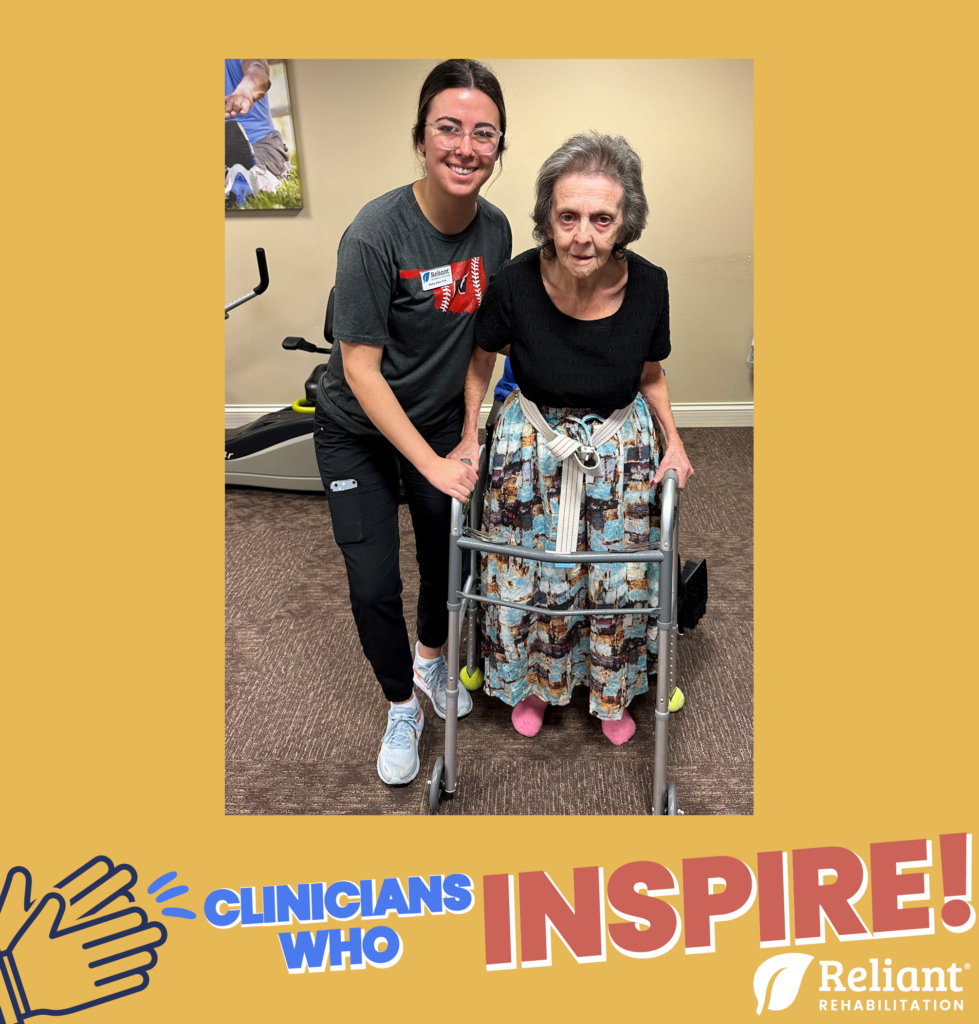
When Blake Allen, PTA from St. Simeon’s in OK, experienced a neurological event that resulted in loss of function on her right side, her entire world changed in a moment. Through this life-changing experience and her journey through rehabilitation, she attained an unanticipated capacity to serve others through example and inspiration.
In conversation, Blake shared how her empathy equips her to relate to her patients’ fear, frustration, or weariness when a medical event like a fall or onset of a new condition alter how they function in daily life. She uses her personal experience as a relatable example of the power of therapy, and how dedication to treatment sessions “really works”, even if it is a slow race to the new normal.
Through Blake’s story, clinicians are inspired to embrace the power of empathy with each patient we encounter. Though we may not have the same experience as Blake or our patients, we are equipped with the ability to imagine what our patients may be thinking or feeling. We have the opportunity for conversations to seek understanding and guidance in developing patient-centered goals and encouragement. Each interaction impacts those in our care. As Blake puts it, “we are the friendly face that the patient gets to see every day.”
Thank you, Blake, for sharing your incredible resiliency, recovery, and the important reminder that our care matters. You serve as an inspiration to us all!

